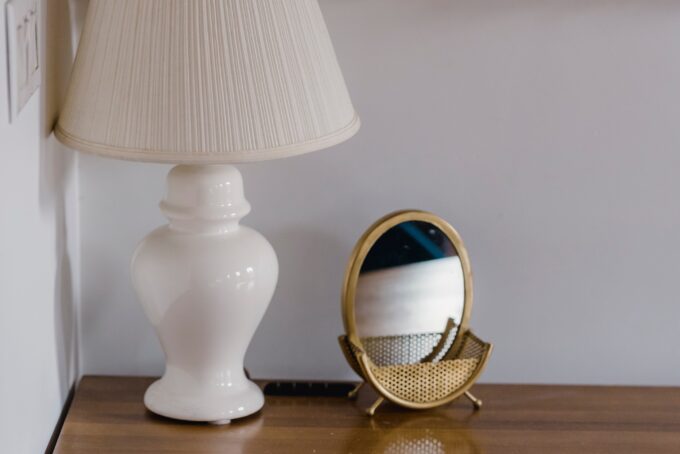Because food particles, grease, hair, and other debris tend to build up over time, kitchen and bathroom drains can act as a breeding ground for unpleasant odors. And while unwanted odors are certainly a nuisance, they aren’t insurmountable. The good news is that there are several simple yet effective methods to eliminate these unwelcome scents and keep your home smelling fresh. To learn how to remove odors from your drain, take a look at these six tips to help.
Identify the source of the odor.
The best course of action to take when an odor infiltrates your space is to identify where it comes from. Trying to remove the odor before identifying the source is akin to treating the symptom and not the problem.
Sure, in most cases, the odor is simply a result of organic matter and bacteria that have built up inside the drain, forming clogs, leaks, or damaged pipes.
But in other cases, that foul odor points to an underlying plumbing issue. And in that case, hiring a professional to help is a much better solution than attempting to cover it up yourself.
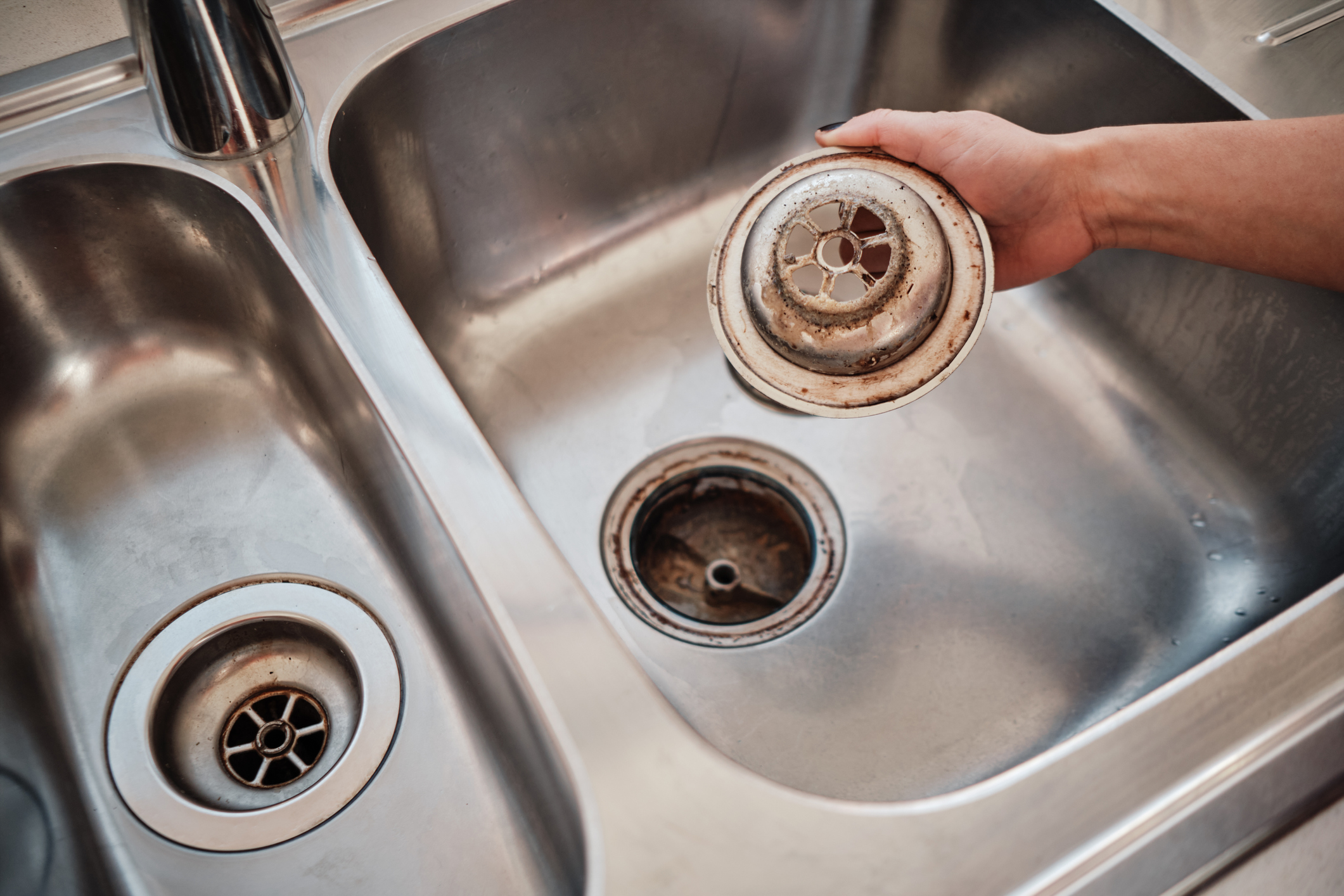
Clean the drain.
Though many people forget to do it, regularly cleaning your drains is highly important if you want to make sure they remain clean, healthy, and free from foul odors.
To care for your drains, begin by removing any visible debris — i.e. food particles or hair — from the drain opening. You can use a pair of gloves to remove the debris or a drain snake tool to fish it out without dirtying your hands.
Then, after you’ve removed the debris, pour hot water down the drain to help dislodge any stubborn residue that you might’ve missed. Repeat these steps once per month for clear, odor-free drains.
Use baking soda and vinegar.
Baking soda and vinegar aren’t just ingredients in your favorite recipes — they’re a dynamic duo when it comes to removing odor from drains. Here is what you’ll need:
- A pot of boiling hot water
- 1 cup of baking soda
- 1 cup of vinegar
- 1 cup of water
The first thing you want to do is flush your drain with boiling hot water. Then, pour your baking soda down the drain, followed by a mixture of water and vinegar.
If you notice your mixture starting to fizz, don’t worry! This is perfectly normal. In fact, this reaction is helping to break down organic matter, thus neutralizing those pesky odors.
Finally, let the mixture sit for approximately 30 minutes, then flush it down with more hot water for a sparkling clean drain without the smell.
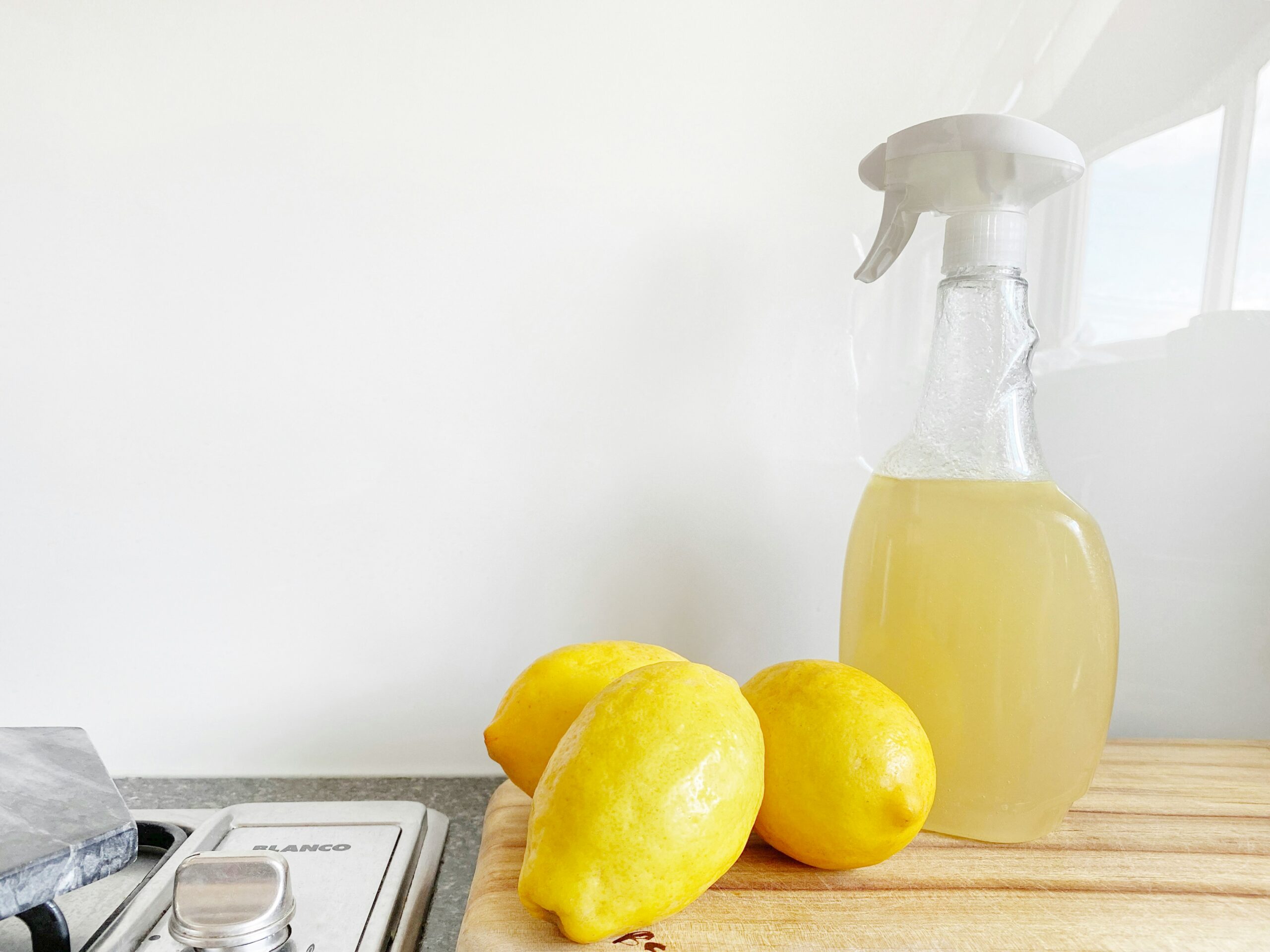
Use lemon juice and ice cubes.
Not only does lemon juice contain antibacterial properties that can help eliminate odor-causing bacteria, but it also adds a nice, citrusy scent, too.
To make use of any lemons you have lying around, try freezing a mixture of equal parts lemon juice and water in ice cube trays. Then, once they’ve solidified, drop a few down the drain.
As your homemade ice cubes melt, they emit an energizing scent of citrus while helping to clean and deodorize the drain.
Install a drain strainer.
For the most part, prevention is the best remedy for unpleasant odors in drains. To prevent costly repairs, you can install a drain strainer or filter to keep debris from building up in the drain in the first place. Be sure to regularly clean your strainer to maintain its effectiveness.
Utilize commercial drain cleaners.
If you’ve tried every natural remedy to no avail, using a commercial cleaner is the next best thing save for hiring a professional.
Commercial drain cleaners typically contain potent chemical ingredients that are specially designed to dissolve organic matter, grease, and other debris that are commonly found in drains.
However, when working with chemicals, it’s always a good idea to play it safe. To protect yourself, be sure to carefully follow the manufacturer’s instructions. Take appropriate safety precautions like wearing gloves and ensuring adequate ventilation to protect yourself from any potential hazards.
popular posts
- 1It’s Black Business Month, So Let’s Go Shopping and #BuyBlack!
- 2These Home Decor Items Will Instantly Make Your Space Look Outdated
- 3Black-Owned Home Decor Stores To Support Across the United States
- 4A Look Inside Elon Musk's Tiny $50,000 House
- 57 Black and Multicultural Designers To Follow For Design Inspo
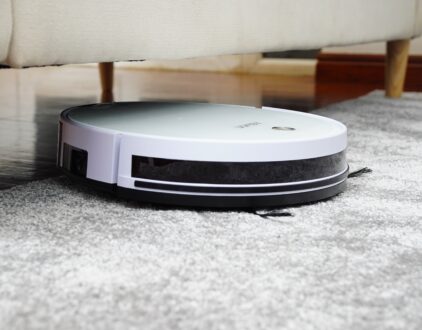
Home & Texture Editor's Picks: The 5 Best Vacuums on Amazon
by Stephanie Taylor | February 2, 2023

7 New And Bestselling simplehuman Products To Help Your Home Run Smoothly
by Stephanie Taylor | February 15, 2023
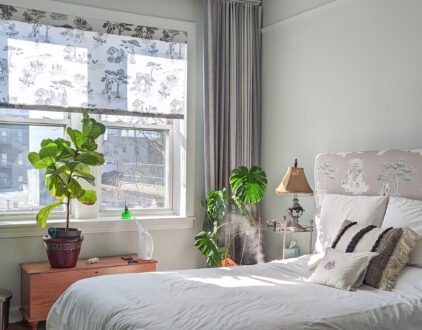
Product Review: Here's What We Think About The Levoit LV600s Humidifier
by Nneya Richards | February 22, 2023
Spaces
Whether it’s luxury or ease, every area of your home should be as fabulous and unique as you.
FOLLOW ALONG ON INSTAGRAM
#homeandtexture
Find us on social for more home inspiration where culture, personal style, and sophisticated shopping intersect to help you create a home where you love to live.

